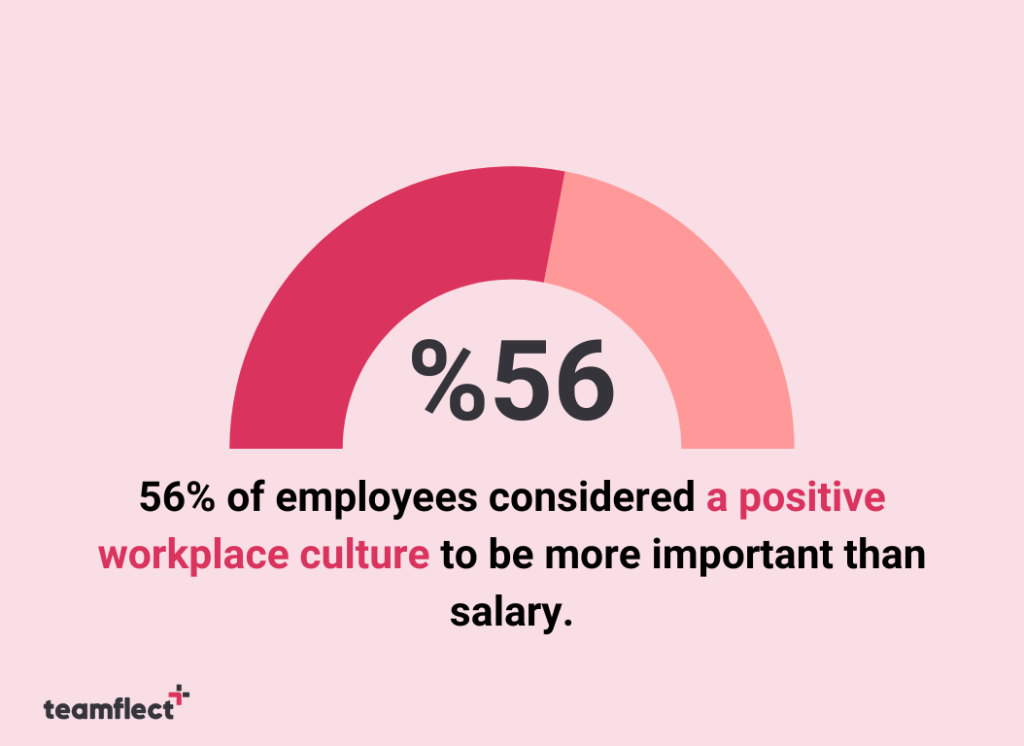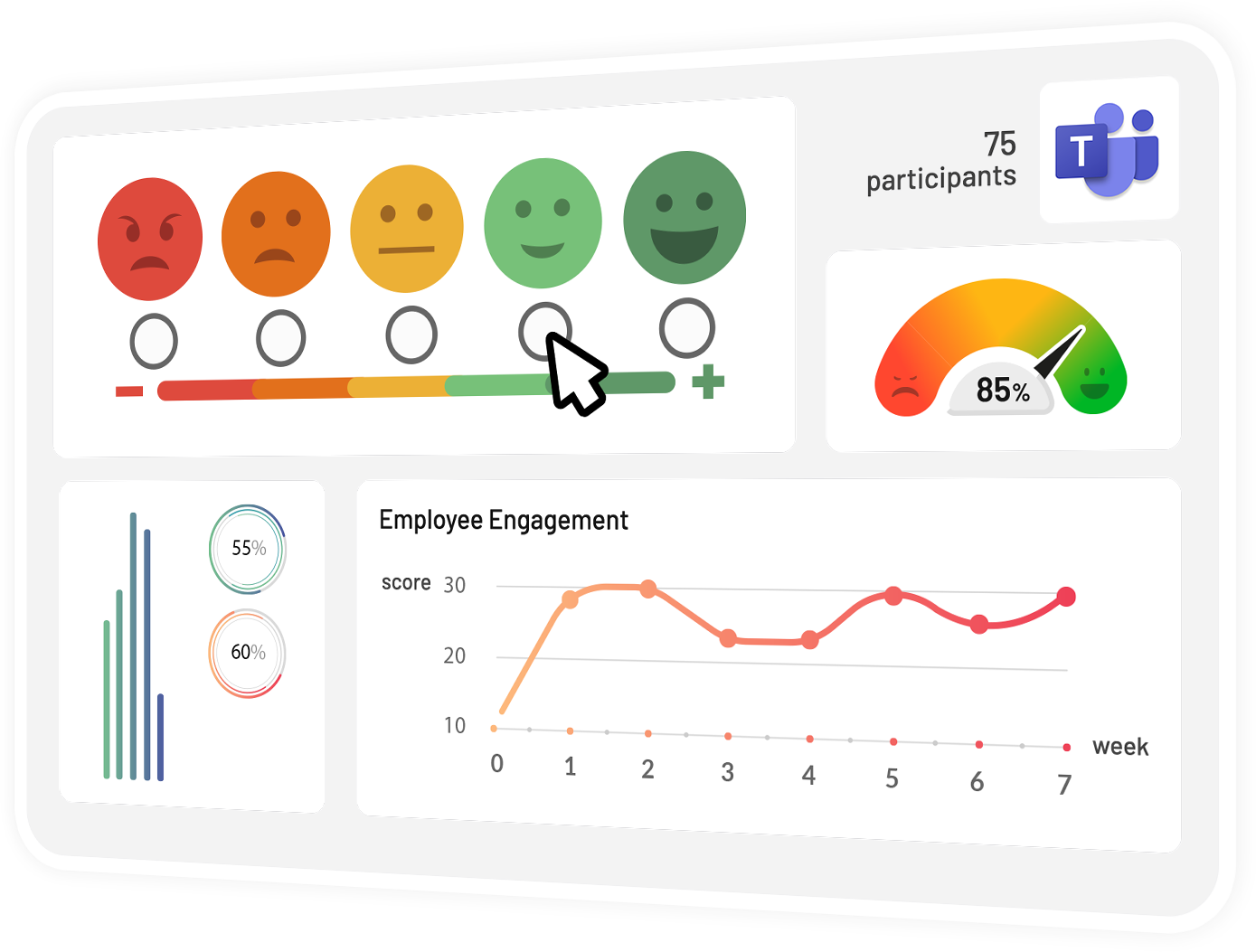Today, we’re excited to talk about an issue that affects many companies: employee turnover rates! Although new blood and fresh ideas are often appreciated in the business world, not having a stable workforce and always changing employees can be detrimental to your company’s overall success. High turnover rates can also be costly, which is why it’s crucial to keep those rates low.
But what exactly is employee turnover? Simply put, it refers to the number of employees who leave a company and need to be replaced. It can happen for a variety of reasons, such as a better job offer, a change in personal circumstances, or a lack of engagement in the workplace.
Whether as a business owner or a manager, you know how important it is to have a stable and motivated workforce. Happy employees are more productive, and a positive company culture can go a long way in keeping turnover rates low. But how do you achieve this?
In this blog post, we’ll be sharing 10 tips that you can use to reduce employee turnover and keep your workforce engaged and motivated.
From offering competitive compensation to promoting a positive work culture, these tips are tried and true and will help you create a workplace that employees love to be a part of.
So, without further ado, let’s get started!
Table of Contents
Tips For Keeping Employee Turnover Rates Low
The following 10 great tips will help you reduce employee turnover:
1. Offer Competitive Compensation and Benefits
Let’s face it: money talks. Offering competitive salaries and benefits is a key factor in retaining employees and may be one of the most effective ways to reduce employee turnover.
It’s important to stay current on industry standards and make sure that your compensation and benefits packages are in line with what other companies in your field are offering.
This doesn’t just apply to your new hires, either. Regularly reviewing and updating your benefits packages for all employees is a great way to show them that you value their contributions and are committed to their well-being.
When employees feel that they are fairly compensated and have access to a comprehensive benefits package, they are more likely to feel satisfied with their jobs and less likely to start looking for opportunities elsewhere.
2. Encourage a Positive Work Culture

When you ask the question, “How to reduce employee turnover?”, you can’t leave out building a positive company culture. Creating a positive work culture is essential to keeping employees happy and engaged.
This means fostering a supportive and inclusive environment where employees feel valued, respected, and heard.
In fact, according to a study, 56% of employees considered a positive workplace culture to be more important than salary. Additionally, over 75% of employees stated that they would take a company’s culture into consideration before applying for a job there.
Encouraging open communication, recognizing and celebrating employee achievements, and promoting work-life balance are just a few ways to create a positive work culture.
You can also encourage team-building activities, fun office events, or even a relaxed dress code to help break down barriers and create a more relaxed atmosphere.
When employees feel that they are part of a positive, supportive team, they are more likely to be satisfied with their jobs and less likely to consider leaving. So, focus on building a work culture that your employees will love, and they will likely repay you with their commitment and hard work.
3. Provide Opportunities for Professional Development
Investing in your employees’ professional growth is key to retaining top talent and keeping turnover rates low. Providing opportunities for training, skill-building, and advancement shows employees that you value their contributions and are committed to their long-term success at the company.
This could include offering in-house training sessions, tuition reimbursement, or even encouraging employees to attend conferences and networking events. The options are endless!
When employees feel that they are constantly learning and growing, they are more likely to be satisfied with their jobs and less likely to start looking for opportunities elsewhere. So, invest in your employees’ professional development if you want to keep them around longer!
4. Foster Effective Communication
Effective communication is crucial in any workplace, and it’s no different when it comes to reducing employee turnover rates. Encouraging open and honest communication between employees and management can help build trust and promote a positive work culture.
Regular team meetings, one-on-one check-ins, and even anonymous suggestion boxes can all help facilitate open communication. Even if you work remotely, you can use a communication tool such as Microsoft Teams to stay on the same page with your employees.
By creating an environment where employees feel comfortable speaking up, you can identify and address any issues before they escalate and contribute to employee turnover.
When employees feel that they are heard and their concerns are taken seriously, they are more likely to be satisfied with their jobs and less likely to consider leaving. So, prioritize open and effective communication, and you’ll likely see a reduction in employee turnover.
5. Recognize and Reward Employee Contributions
Showing appreciation for your employee’s hard work and contributions is a simple but powerful way to reduce turnover rates. Whether it’s a simple “thank you” or a more formal recognition program, making an effort to acknowledge your employees’ efforts can go a long way in keeping them engaged and motivated.
Using recognition software can be a convenient and effective way to track and reward employee contributions, but don’t limit yourself to just technology. There are many other ways to recognize and reward your employees that can be just as impactful.
Consider organizing events or activities that recognize and reward employees, such as a monthly or quarterly employee appreciation lunch, an awards ceremony, or an “employee of the month” program. These nonmonetary initiatives help create a culture of recognition and appreciation that your employees will appreciate and value.
When employees feel that their efforts are recognized and appreciated, they are more likely to be satisfied with their jobs and less likely to consider leaving, which will result in reduced employee turnover rates. You can also check out our ultimate employee praise guide in 2024 for a more in-depth approach!
6. Promote Work-Life Balance
Work-life balance can have a big impact on reducing turnover rates. Nobody wants to work for a company that has no boundaries or respect for their employees’ personal lives, right?
Encouraging employees to take time off and prioritize their well-being sends the message that you value their overall health and happiness, not just their work contributions.
There are many ways to promote work-life balance in the workplace, such as offering flexible schedules, unlimited paid time off, or even providing on-site amenities like a gym or meditation room.
Allowing remote work options can also be a game-changer for employees who are looking for more control over their work-life balance.
By promoting work-life balance, you can help reduce stress and burnout among employees, and increase their overall job satisfaction. This, in turn, can lead to a reduction in employee turnover rates and a more productive and engaged workforce.
7. Improve employee engagement

Our 7th tip might be the elephant in the room: boosting employee engagement makes your employees want to stay! Think about yourself –working in an organization that cares about your engagement and works to improve it sounds good, doesn’t it? No surprise that’s also what your employees think!
Boosting employee engagement is a complex process, and there is no one-size-fits-all solution. However, there are several things you can consider to make a positive impact on your employees’ engagement levels and help you reduce employee turnover rates.
First and foremost, it’s important to make your employees feel valued. This means taking the time to listen to their suggestions and concerns and providing them with regular feedback on their performance.
When employees feel heard and appreciated, they are more likely to be engaged and committed to their work.
Employee engagement software is a powerful tool that can help keep your turnover low. It’s a way to track employee satisfaction, which will lead you to understand what’s going right and wrong in your workplace culture.
The data provided by this type of software can be used to create actionable strategies for improving employee happiness at work–which will help keep them around longer!
You can check out our article on top 15 employee engagement software for some suggestions –but we have a specific one if you’re using Microsoft Teams as a collaboration tool.
Teamflect is an all-in-one employee engagement software fully integrated with Microsoft Teams, which can help you track and improve engagement levels, by providing real-time feedback, pulse surveys, and personalized recommendations.



